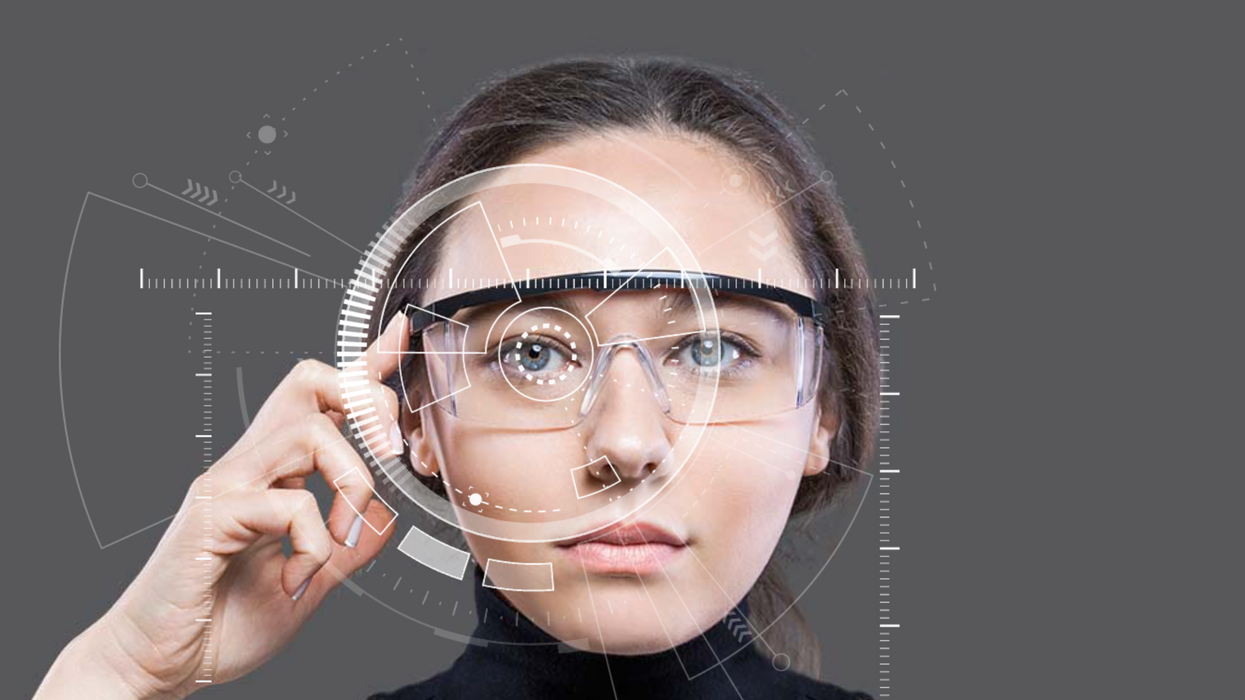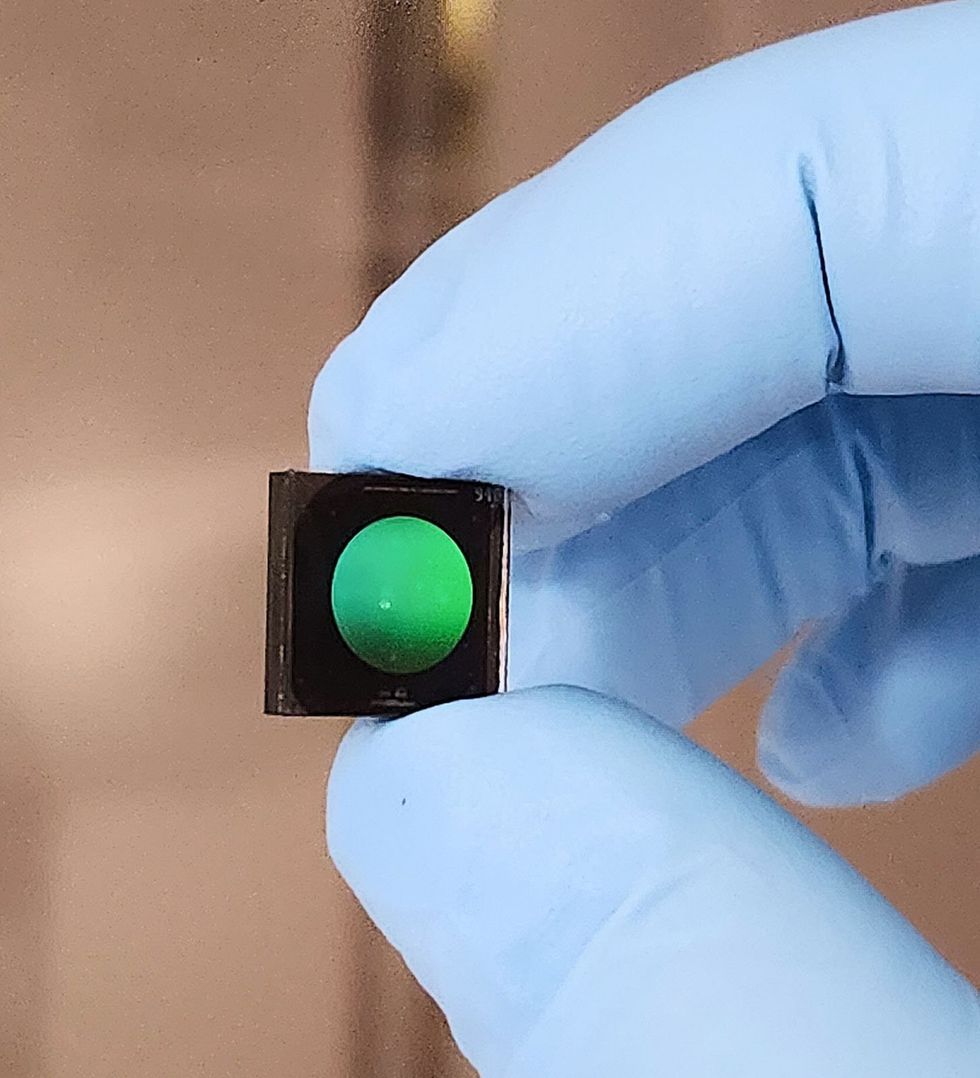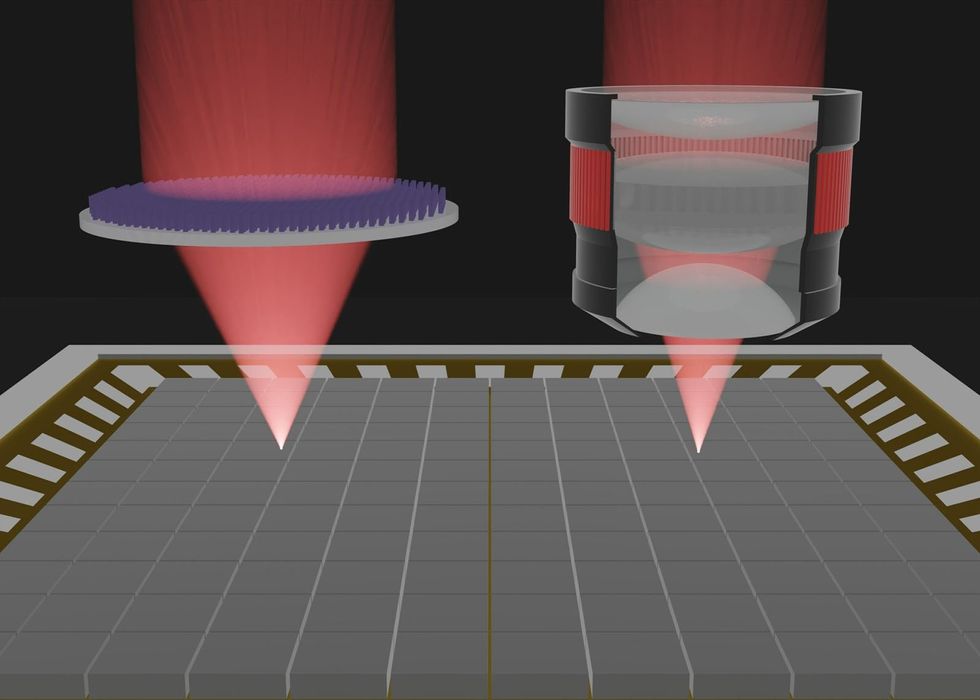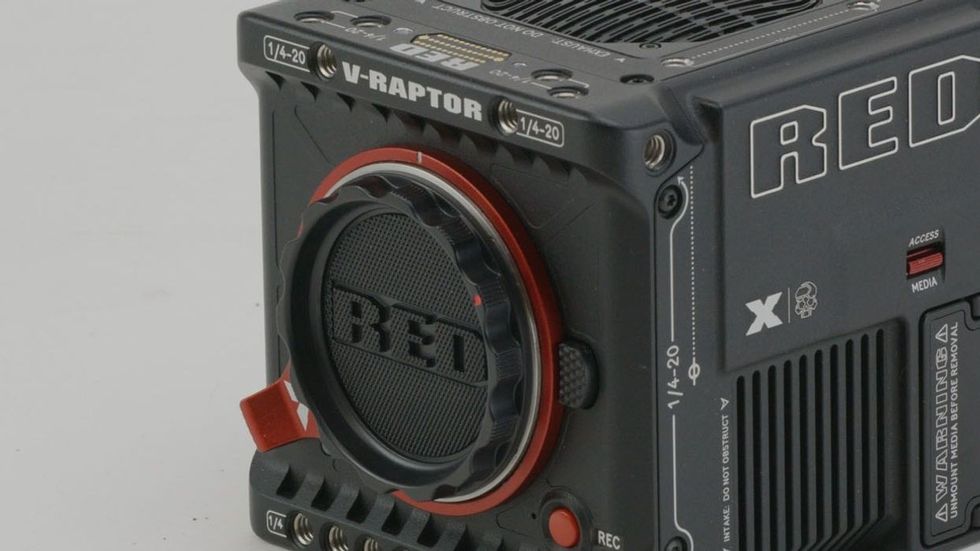How the 1st Fisheye Metalens Will Shape the Future of AR/VR
A dive into how 2Pi Optics’ world’s first high-resolution fisheye sensor could shape the future of AR/VR content.

2Pi Fisheye Metalens
When one looks back at where we were at the beginning of 2023 compared to the end of it, it’s fascinating to see just how far technology has come in a year’s time.
What’s more, if we look forward to what we’re getting peeks into here at the start of 2024, we’re likely to see just as much — if not more — advancement in the next year as well.
And while AI might be the most hot button topic at the current moment, the world of AR/VR is primed to take some major steps forward this year too. A good example of this comes from the team at 2Pi Optics and their new high-resolution fisheye sensor based on optical metalens technology.
Let’s take a look at this new technology and explore what applications it could possibly have for those of us in the film and video industry here in 2024.
The World’s First Fisheye Metalens
Just as we predicted back in 2016, the future of film and video would eventually lead to the creation of metalens technology that would use flat surfaces that could bend and control light in conjunction with a specialized image sensor. And that’s just what happened here in 2023, with new technologies being announced by the likes of Metalenz and Canon.
However, while there were some announcements last year, this new fisheye metalens promises to be one of the best and most significant metalens sensors to actually come out for those looking to dabble in this new AR/VR space.

The world's first fisheye sensor metalens
2Pi
How Does it Work?
Created by a company that was founded in 2021 out of MIT, this new fisheye metalens sensor represents a major step up from traditional fisheye lenses, which you might be familiar with for your interchangeable lens camera systems, which often include many large elements. In contrast, the 2Pi fisheye metalens only has a single element.
2Pi’s new groundbreaking technology promises to combine a thin, flat lens with their new specialized image sensor to deliver crisp, 180-degree panoramic images that should outperform conventional refractive and wide field of view optics in all areas, including size, weight, performance, and cost.

Comparing a metalens to a regular lens
2Pi
What Will Metalenses Be Used For?
While there are many innovations still to be found in this space, the primary use cases for metalenses — and these new fisheye sensor metalens in particular — will most likely be in the AR/VR space, to begin with. And with the Apple Vision Pro set to lead the industry in this space here in 2024, it sure seems like a good time to release this new sensor.
Because of the nature of AR/VR, to create content for this medium, cameras will need the right technology for environmental mapping, hand and eye tracking, and even complex gesture and facial recognition. Metalenses, like this new fisheye sensor one, could also be helpful for other areas like driver-assistance systems for vehicles or aerial drones.
While we don’t have any details on a price or availability for this new fisheye metalens technology just yet, 2Pi does promise to show off their latest innovations at CES next week, as well as give more indications into how it could possibly be used for the future of AR/VR here in 2024.
- How to Remove Fisheye Distortion from Your GoPro Footage in 20 Seconds ›
- Taking Your Extreme Fisheye Lens to Extreme Shoots? Tadashi's Filter Has You Covered ›
- Canon's New Dual Fisheye Lens Makes Cinematic 8K VR Part of Every Shooter's Arsenal ›
- Create Unpredictably Beautiful Video by Hacking Old Lomo Fisheye Still Lenses for DSLRs ›
- Shooting Dreamy Circular Video with a Rare Vintage 180-Degree Fisheye Lens ›
- Super Wide and Super Crisp: Meet Moment's New 14mm Mobile Fisheye Lens ›
- What Is a Fisheye Lens? Definition and Examples for Filmmakers ›
- Explore VR Content Creation with the Canon RF-S 3.9mm f/3.5 STM Dual Fisheye Lens ›












